Are you gearing up to submit a paper for an academic conference? Crafting a compelling letter to accompany your submission is crucial as it sets the tone for your research presentation. Whether you're a seasoned academic or a first-time submitter, having a solid letter template can streamline your submission process and ensure clarity. Dive into our guide for tailored letter samples that can elevate your conference experience!
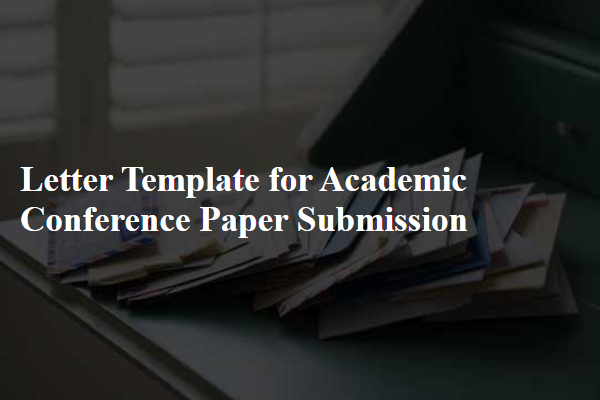
Title and Abstract
The title selection for an academic conference paper plays a critical role in attracting the attention of attendees and reviewers. A well-crafted title should succinctly convey the essence of the research while incorporating key terms relevant to the field. An effective title is typically between 10 to 15 words, ensuring clarity while remaining informative. The abstract serves as a concise summary, usually ranging from 150 to 250 words, outlining the study's objectives, methodology, results, and conclusions. This section must engage the reader, highlighting unique findings or contributions to existing knowledge in the discipline. Proper formatting aligned with the conference guidelines is essential for both title and abstract, ensuring consistency and professionalism in presentation. Note: Titles should be clear, precise, and reflect the core topic of research. Abstracts must include the research context, aims, approach, significant findings, and implications. Academic conferences often have specific word limits and requirements for submission formats, which should be adhered to meticulously.
Author Information
Author information includes essential details about the individuals involved in the research project. This typically comprises names, affiliations, and contact information. Names should be listed in the format of First Name, Last Name, aiding in clarity. Affiliation refers to the institution or organization associated with the research, including university departments or research institutes, providing context for the expertise of the authors. Contact information, usually an email address, allows for communication regarding the paper. Additionally, providing a brief author biography with research interests and previous publications enhances the understanding of the authors' backgrounds and credentials within the specific academic field.
Paper Details (length, figures, references)
A conference paper typically adheres to specific formatting requirements, such as a maximum length of 8 pages, including references and figures. Figures must be high resolution (minimum 300 DPI) to ensure clarity, while references should follow the citation style specified by the conference, such as APA or IEEE. It's essential to include a comprehensive abstract of 250 words summarizing the paper's contributions and significance. Each section, including introduction, methodology, results, and conclusion, should be clearly delineated. Tables and figures should be numbered consecutively and accompanied by descriptive captions to aid in understanding the content. Incorporating appropriate keywords enhances discoverability during searches in academic databases. Compliance with these guidelines ensures that the paper is considered for presentation and publication at this year's conference, promoting rigorous peer review and scholarly exchange.
Conference Guidelines Adherence
Adhering to conference guidelines is crucial for ensuring a successful paper submission process. Each academic conference, such as the International Conference on Machine Learning (ICML), sets specific formatting requirements, including font size, margin dimensions, and citation style, often following APA or IEEE standards. Submitted papers typically require a maximum word count, often ranging between 4,000 to 8,000 words, along with structured sections like introduction, methodology, results, and conclusion. Authors must also consider the submission deadlines, which can vary; for example, the upcoming ICML has a submission deadline of January 15, 2024. Ensuring compliance with these guidelines can significantly increase the chances of acceptance and subsequent scholarly engagement.
Contact Information and Acknowledgements
Submitting a conference paper often requires detailed guidelines regarding contact information and acknowledgements. Authors should include a complete name, institutional affiliation, and email address to facilitate communication. Additionally, acknowledging funding sources, such as grants from organizations like the National Science Foundation (NSF) or academic institutions, strengthens the submission's credibility. Mentioning collaborations with researchers or institutions, like Harvard University's research labs, highlights the paper's collaborative nature. Recognizing contributors who assisted in research or writing, such as colleagues or mentors, ensures transparency and appreciation in the scholarly community. It's vital to follow specific formatting instructions provided by the conference organizers.

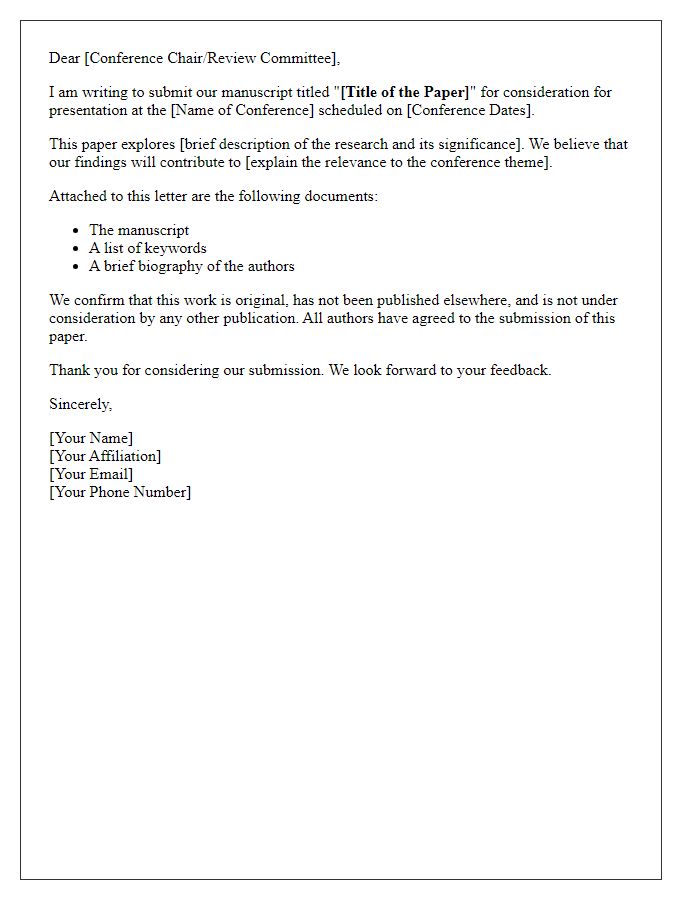
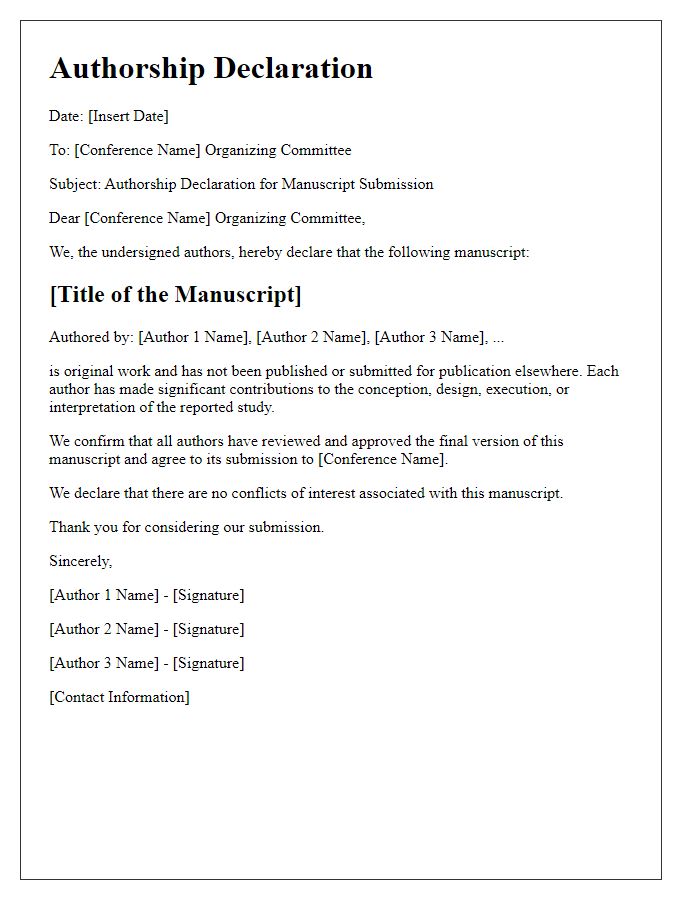
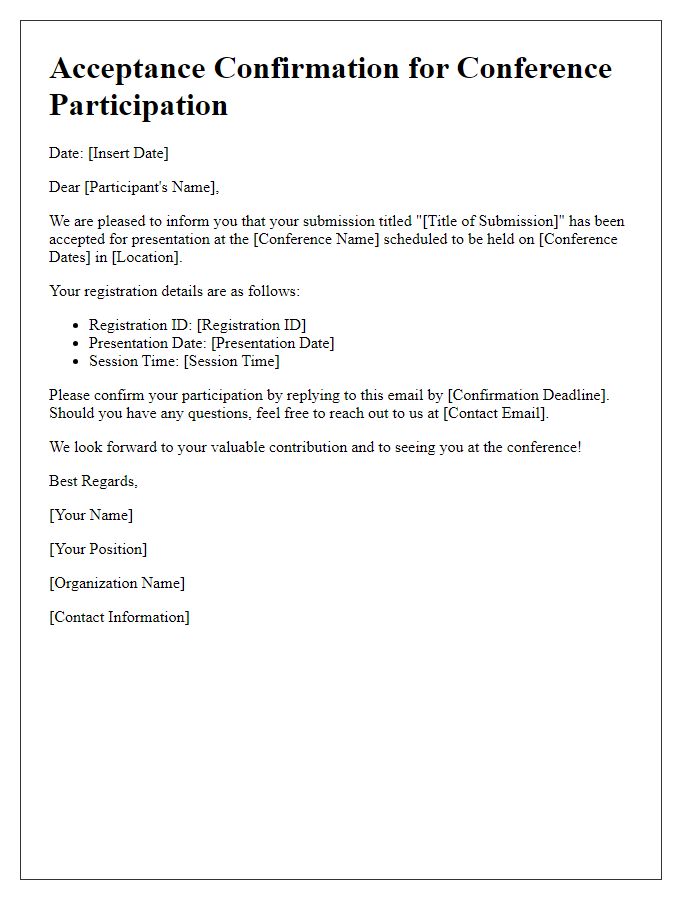
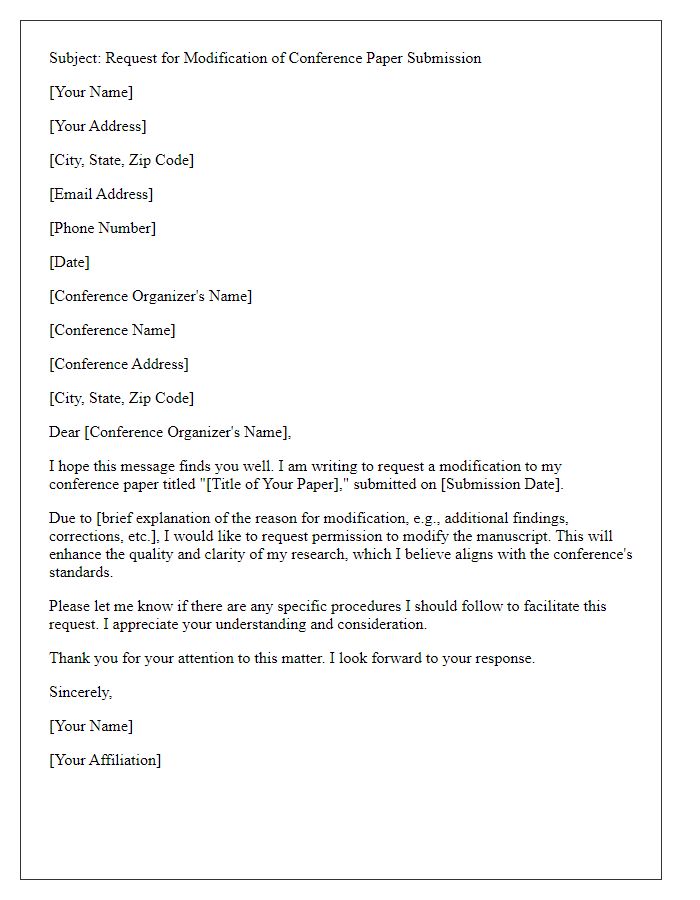
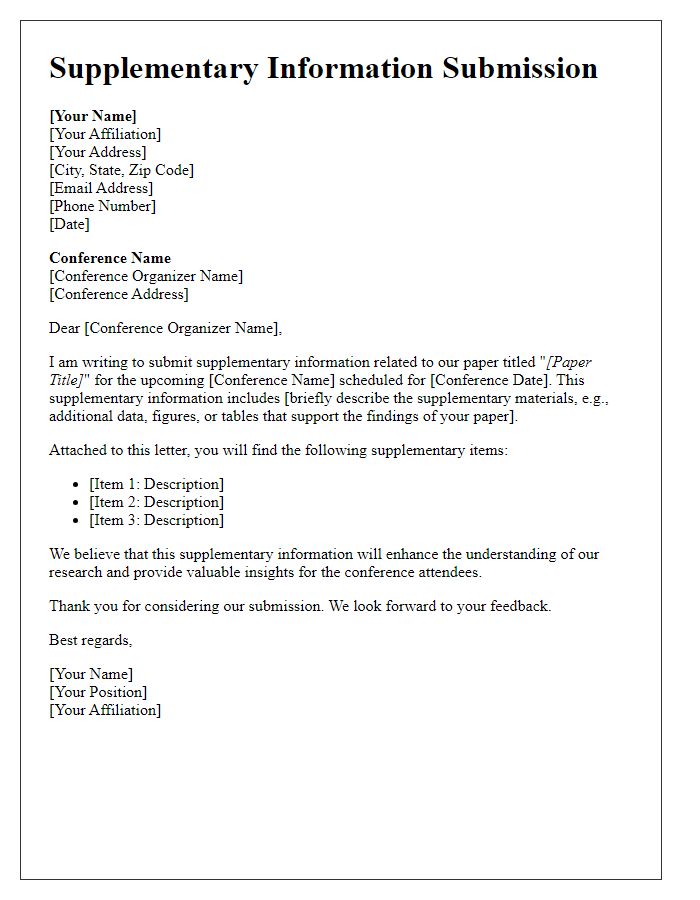
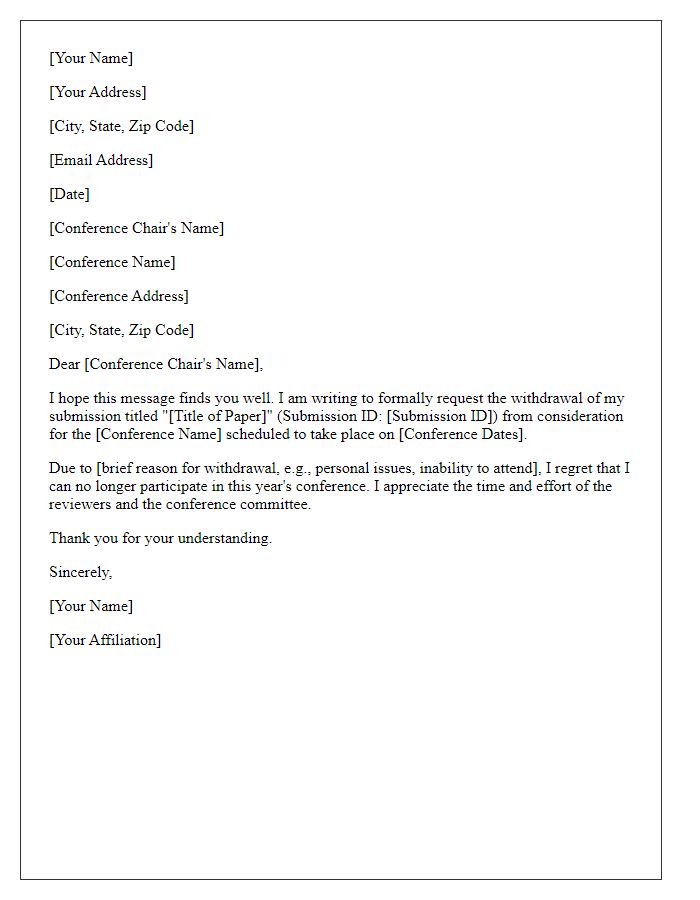
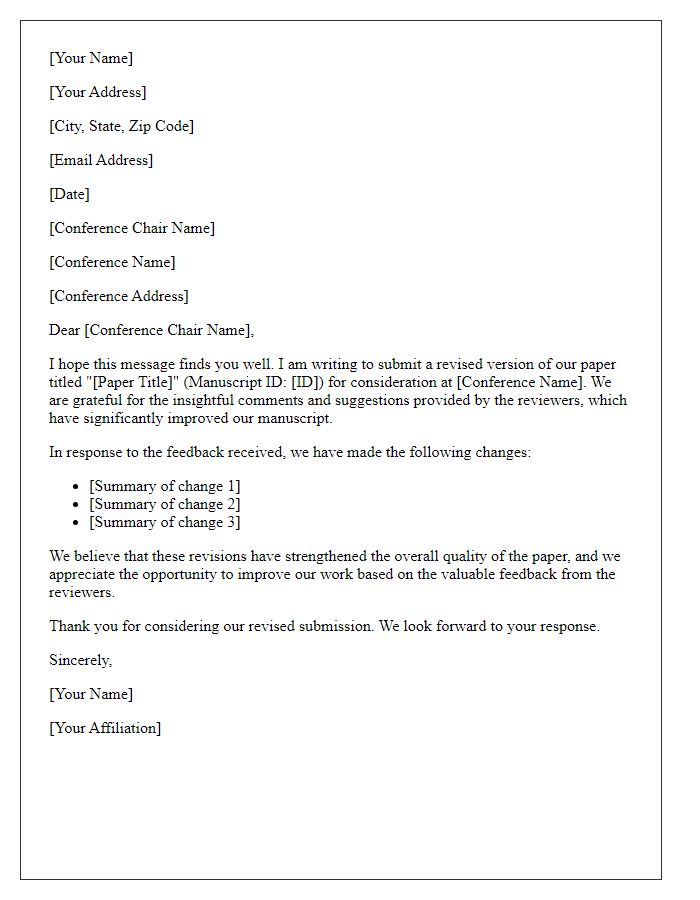
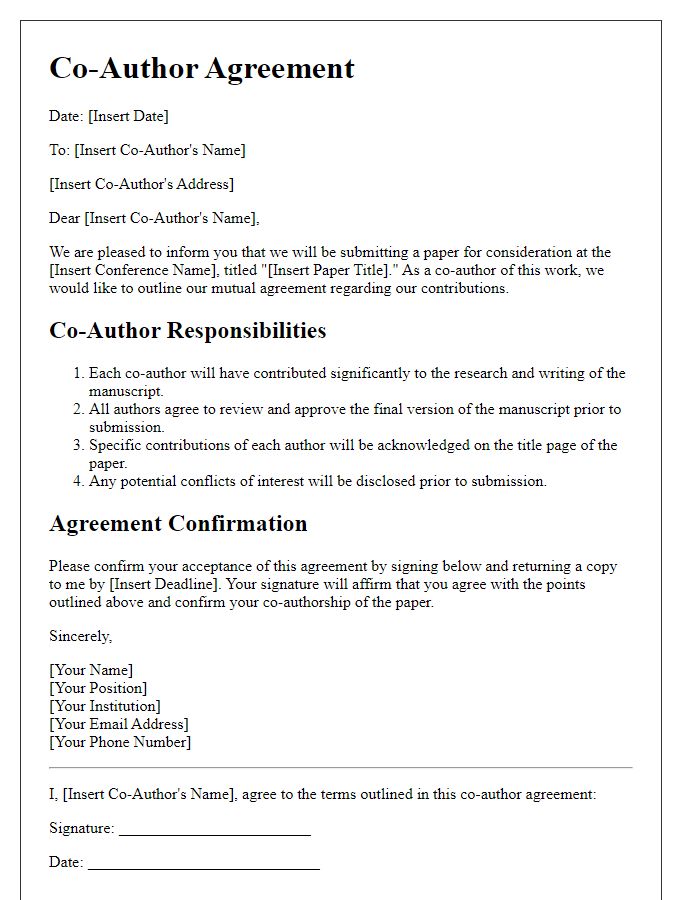
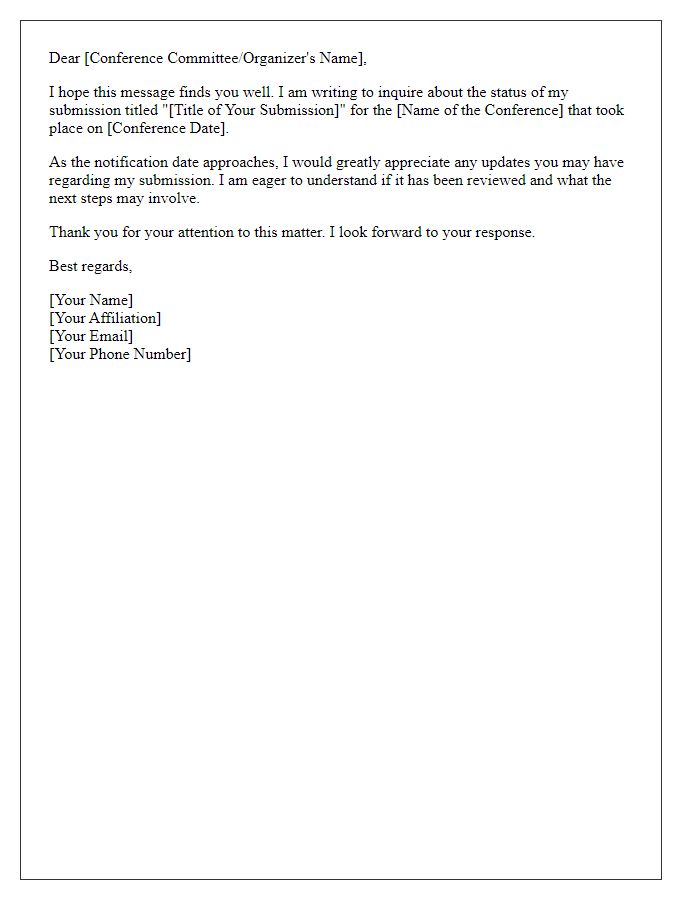
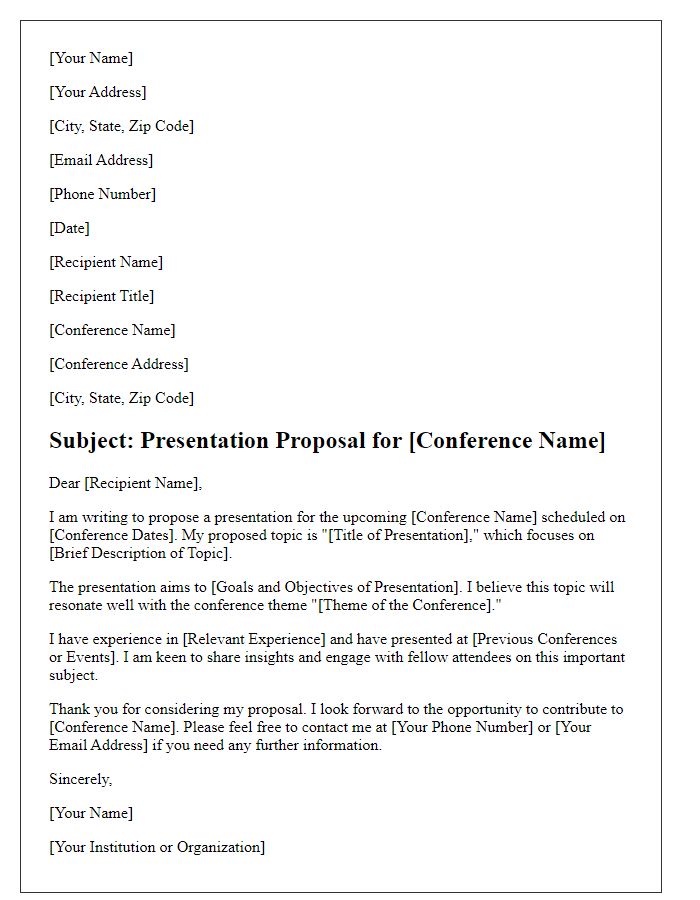

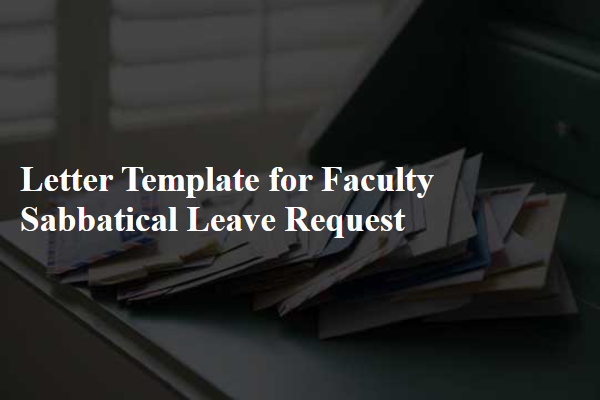
Comments